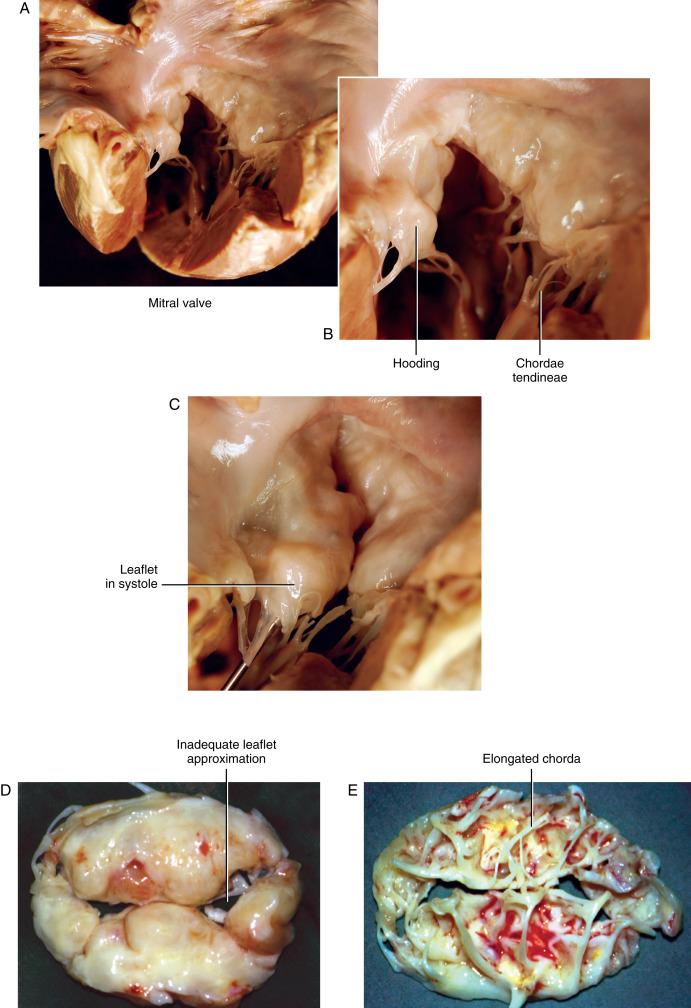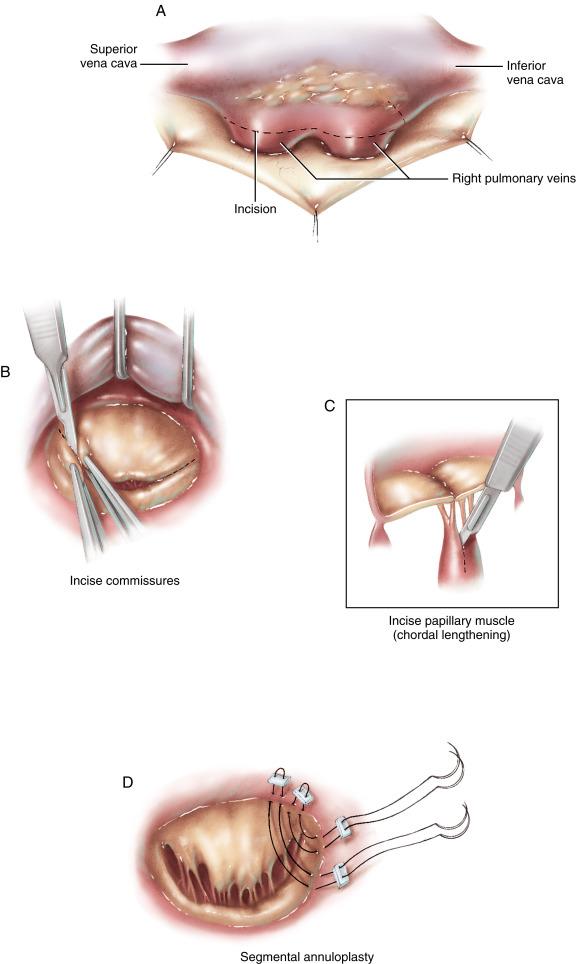Physical Address
304 North Cardinal St.
Dorchester Center, MA 02124
Mitral valve reconstruction is desirable for patients with normal sinus rhythm because there is no need for anticoagulation, and hemodynamic performance is enhanced after surgery.


Become a Clinical Tree membership for Full access and enjoy Unlimited articles
If you are a member. Log in here